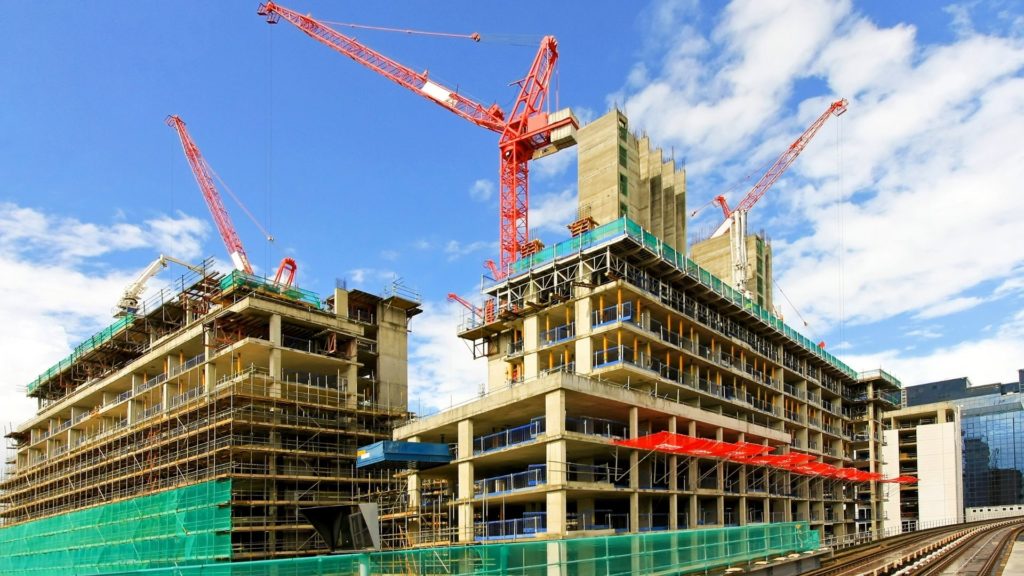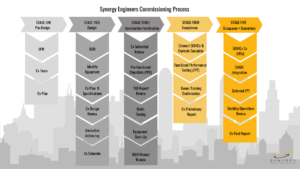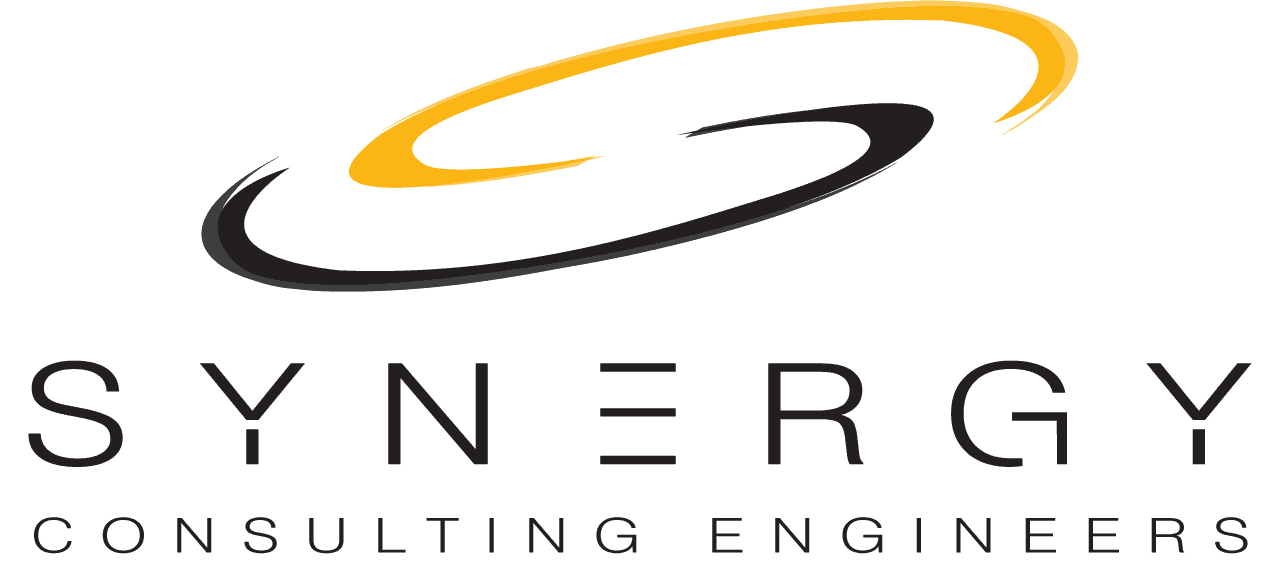
What is Building Commissioning (Cx)?
Who is responsible for building commissioning and what are the phases? New Building Commissioning is a process that has five phases. Commissioning begins at pre-design and continues through design, construction verification, acceptance, and occupancy and operations. Building Commissioning is a professional service that ensures buildings are operating according to the owner’s intent. Commissioning is an investment in your facility and improves total cost of ownership.
Facility Owners and Managers are very familiar with the activities and responsibilities that come with facility ownership: design, construction, maintenance, energy costs, and occasional major renovations. The Commissioning Process is also very important but frequently overlooked. Facilities that have never been commissioned result in poor equipment performance and higher ownership costs. Occupant health and comfort can also be negatively impacted as well.
What is Commissioning? In simple terms, Commissioning (Cx) is a process that keeps facilities under optimal operating conditions. Commissioning is accomplished by comparing actual operation with a series of predefined metrics and making the necessary corrections when a building falls short. Cx plays a critical role in ensuring the success of your project. providing you as the owner/manager with the assurance that what is being delivered to you matches the original agreement and established system requirements. There are two important requirements in making Cx possible:
- Establish a performance baseline to serve as a reference for building systems. You cannot evaluate building performance if there are no metrics for comparison.
- Define how performance will be reported. Communication between consultants, engineers, contractors, and maintenance departments is much simpler when documentation is standard.
What are the different types of Commissioning?
There is a variety of commissioning options to consider depending on the existing building conditions at the time.
- New Building Commissioning (Cx) – The professional service that ensures buildings are delivered according to the Owner’s Project Requirements (OPR).
- Re-Commissioning (ReCx) – Why should you have to commission a building that’s already been commissioned? Re-Commissioning an existing building ensures it is still functioning at the original design.
- Retro-Commissioning (RCx) – This type of commissioning is performed on buildings that have never been commissioned before. This validates systems can be operated and maintained according to the owner’s needs.
- Monitoring-Based Commissioning (MBCx) – This service takes commissioning to the next level by providing automated data analytics on their building performance.
A meticulously commissioned building gives Owners the full value. Synergy employs a 5-Step Process. (Click the download below to view as a PDF).

Synergy Engineers five stages for total building commissioning.
- Stage One: Pre-Design (OPR, Cx Team, Cx Plan)
- Stage Two: Design (Basis of Design, Identify Equipment, Cx, Plan & Specifications, Cx Design Review, Corrective Action Log, Cx Schedule)
- Stage Three: Construction Verification (Cx Submittal Review, Pre-Functional Checklists (PFC), TAB Report Review, Static Testing, Equipment Start-Ups, O&M Manual Review)
- Stage Four: Acceptance (Connect Synergy’s Ongoing Intelligent Commissioning-SONICx, Functional Performance Testing, Owner Training Confirmation, Cx Preliminary Report
- Stage Five: Occupancy & Operations (SONICx Ongoing Commissioning, CMMS Integration, Deferred FPT, Building Operations Review, Commissioning Final Report)
What is the purpose and benefit of Commissioning?
Commissioning tends to have a very high Return on Investment (ROI) and a payback period of less than one year. Thorough commissioning consists of mostly inspection, analysis, control adjustments, and low-cost reparations, and there are no major capital expenses. Building systems can sustain the operating conditions as specified in design documents, and ownership costs are kept low. In a study with 643 buildings, the Lawrence Berkeley National Laboratory determined that commissioning reduces energy expenses by 16% in existing buildings and 13% in new buildings (on average). Fixing performance issues during the design phase of a project is cheaper than modifying completed work and proactive maintenance has a lower cost than solving problems after they occur. Commissioning is a long-term investment. Commissioning provides long-term benefits in terms of building performance. Cx also makes energy efficiency measures more valuable, providing an increase in energy savings over time.
To read the rest of this article that outlines the 5 Stages of Commissioning, click to download this FREE PDF. You can also visit our Commissioning Services page to learn more.
